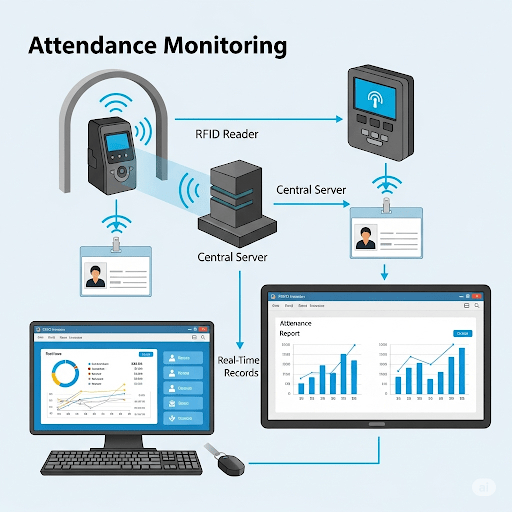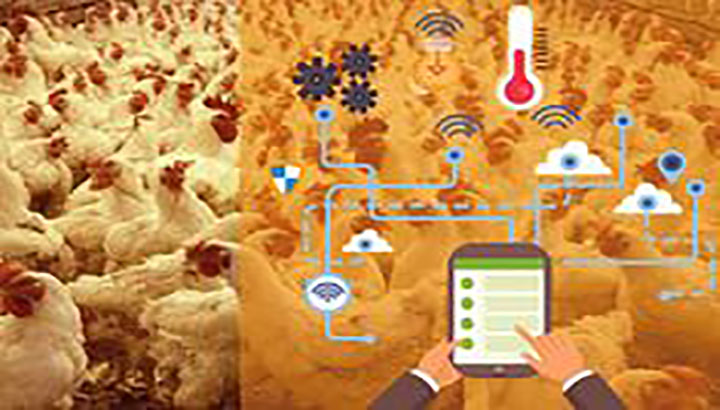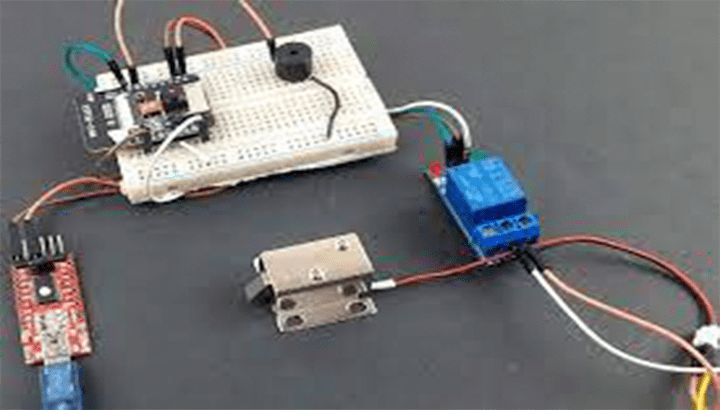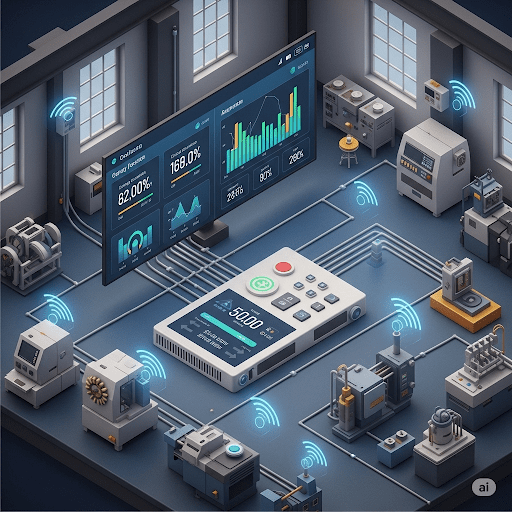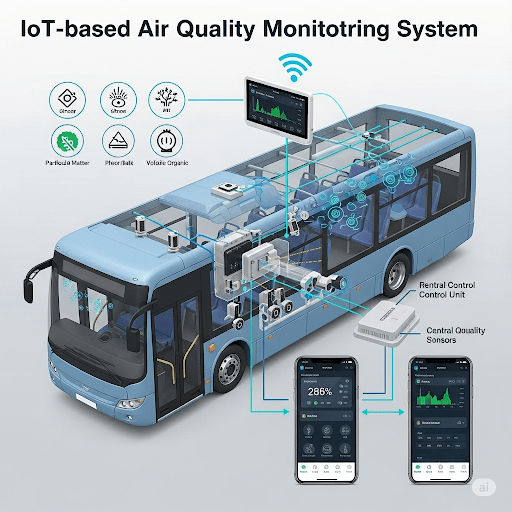Design and implementation of an IoT-Based diabetes remote monitoring system
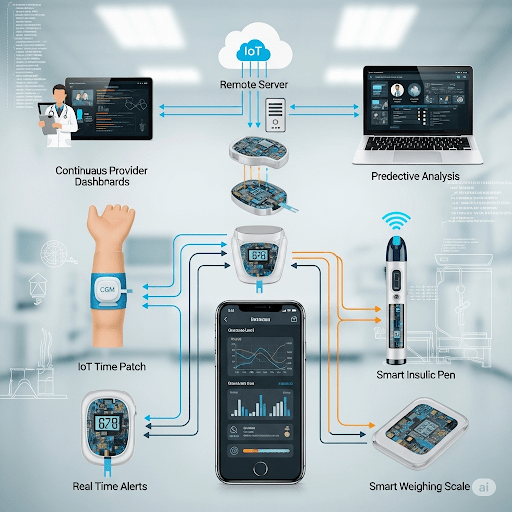
Real-time diabetes remote monitoring uses Internet of Things (IoT) technology to measure blood glucose levels, heart rate, blood pressure, and body temperature. Typically, a self-management system for diabetes is designed to detect the presence of particular molecules, particularly hyperglycemia, together with other diabetes-related indicators. We talked about and examined the information gathered by biological sensors. IoT communication protocols have been used to filter data and send detected data to the cloud using a microcontroller (Arduino Uno).
To manage and link patients with their doctors, an IoT-based webapplication has been created and connected to a Node-Red dashboard. Physicians can assist patients in real time via a dashboard with an easy to use interface based on readings gathered by sensors. The earlier researchers introduced the use of mHealth, an Internet of Things (IoT) system that combines computers and mobile phones with sensor-based technology. The system was created and validated so that doctors could access patient data through a web-based and mobile application. The use of a remote monitoring system for diabetes is a technique for the careful control of the condition, which can develop as a result of high blood sugar. Doctors assisted the patients, and they had access to their input via the patient panel of the program, their e-mail accounts, as well as by phone call. The literature that is now available demonstrated that excessive blood glucose levels are linked to a variety of complex dangers, including stroke and heart conditions such as cardiovascular diseases.
This study benefits the healthcare industry by bridging the real-time healthcare gap that existed between doctors and patients, which may result in fatalities. This Diabetes Remote Monitoring System (DRMS) runs intelligently by anticipating linked devices in the healthcare sector for diabetic patients. The thesis concentrated on how IoT devices might help diabetics maintain the aforementioned criteria. We saw real-time data transfer from the patient to the professionals based on the findings. When fasting, diabetics are in a serious condition if their blood sugar levels are 80 to 139 mg/dl, >85 bpm, 120 to 180 mmHg (systolic), 80 to 120 mmHg (diastolic), 36 to 37.9 oC, or 37.9 oC, respectively. Real-time measurements have been used to evaluate the Correct Dose Insulin computation.
Related project idea for free
Attendance Monitoring System using RFID - IOT project
Attendance Monitoring System means computerized software along with special devices to capture attendance data such as arrival time, absence, or presence of the student in the classroom or in the examination room; this project is developed by using Radio Frequency Identification (RFID) syste...
Read more>>Smart Chicken farming IOT Project for farmers
Chicken farming is the most popular farming activity in Rwanda nowadays. As chicken farming is growing, the farmers need to know how they can manage their farming to be more productive; in that case, chicken farmers need to know the condition in which their chickens are growing so that they can i...
Read more>>AUTOMATIC DOOR UNLOCKING SYSTEM USING FACE RECOGNITION - esp32-cam Project IOT
This report describes the design and implementation of automatic door unlocking system using face recognition for the purpose of increasing security and safety. Today we are facing security issues in every aspect. Instead of monitoring that through password or pins unique faces can be made use of as...
Read more>>Smart energy monitoring and control system for traditional factories
Due to the constant use of various electric and electronic loads in homes and businesses, there is a rising demand for electric energy. With the requirement for an immediate rise in electric energy, especially in traditional factories, coupled with its monitoring parameters and control systems, t...
Read more>>IoT-based Air Quality Monitoring System in Public Transport
Public transportation is primarily used by the vast majority of people in low- and middle-income countries for daily activities. Public buses, for instance, are the primary mode of transportation in Kigali (Rwanda), as they are more cost-effective than alternative options including private cars,...
Read more>>
